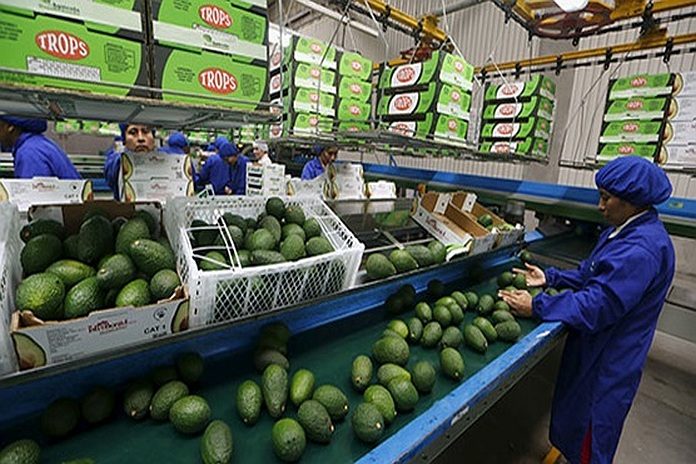PERU, Lima – Peru continues to be one of Latin America’s best-performing economies, but growth has lost momentum in recent years, due to both domestic and external factors, according to the International Monetary Fund (IMF’s) latest annual economic assessment.
Even though economic activity is expected to pick up some steam in 2020 supported by improvements in exports and domestic demand boosting long-term growth prospects will require narrowing the large infrastructure gaps in various ways and tackle social spending, as well as corruption, the IMF said in its report.
Here are six key takeaways from the latest report.
- Economic performance: Peru has been one of the fastest-growing economies in the region, but last year growth weakened to 2.4 percent owing to a combination of external and domestic factors. On the external front, Peru saw reduced demand for its exports of primary products, with mining and fuel exports contracting during the year. Domestically, the execution of public investment projects was lower than planned in the budget, while weather-related factors hampered fishing production.
- Tax system: There has been a renewed focus to raise revenues as the government aims to increase spending on infrastructure and social protection. Recent initiatives, such as the adoption of electronic invoicing for the filing of value-added taxes (VAT) and the introduction of some environmental and health-related excise taxes are important steps in that direction.
- Infrastructure gaps: The government has launched the National Plan of Infrastructure for Competitiveness, which aims to tackle the country’s large infrastructure gaps. Peru’s infrastructure compares unfavorably with that of competitors, and investment is particularly needed in transportation, sanitation, health, telecommunications, and water.
- Agro-exporting boom: Over the past two decades, Peru has experienced a boom in agricultural exports, led by seasonal exports to the northern hemisphere of high-value fresh fruits and vegetables (mostly grapes, avocados, blueberries, and asparagus). This boom has contributed to reducing poverty in rural areas, which declined from 80 percent in 2004 to 36 percent in 2018, and even more in some areas that saw larger expansion of agro-exports.
- Tackling corruption: Over the past three years, the impact of the Lava Jato corruption investigation has been felt both at the political and the economic level with the stalling of some large investment projects being perhaps the most salient economic example. In this context, the government has put fighting corruption at the top of its agenda and is moving forward with the implementation of a broad anti-corruption plan.
- Social protection: Improving social protection is critical to further reduce poverty and support inclusive growth. In Peru, action is needed to address critical needs, including by reforming the pension system, providing more equitable distribution of natural resource revenues across regions, and deepening financial development and inclusion.
Economic Impact of Venezuelan Migrants
Peru has been the second-largest recipient of Venezuelan migrants (behind Colombia), with UN reports estimating 800,000 immigrant arrivals between early 2017 and mid-June 2019—about 2½ percent of Peru’s population.
The absorption of immigrants into the workforce has created some frictions, with the central bank of Peru estimating that the competition from migrant workers has been felt particularly by young, low-skilled workers in the service and commerce sectors.
However, this absorption has also translated into higher growth, with the central bank estimating that around 0.3 percentage points of the GDP growth registered in 2018 can be attributed to higher consumption of the immigrant population. Staff estimates that this impact may peak at around 0.4 percentage points in 2021. However, as frictions to integrate the migrant labor force dissipate in the medium term, larger growth benefits are expected to materialize.





